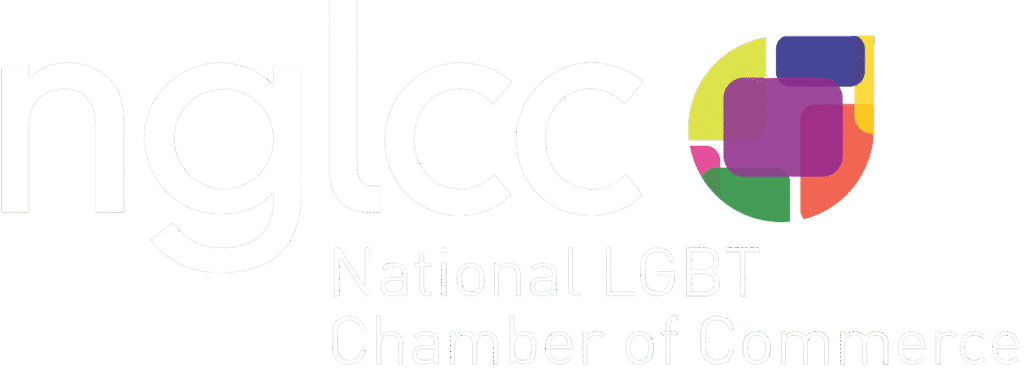One of the ways Leap Group helps our clients matter more is by managing and optimizing their technology tools, like HubSpot or other CRMs, to help clients build better engagement with their customers and users. Setting up your CRM for lead generation may seem like a daunting and cumbersome task, but we’re here to help guide you in the right direction.
The HubSpot Integration
In order for a CRM to fully work for you and your brand, it must be integrated with your brand’s website. This full integration ensures all consumer engagement and lead behavior is tracked in the CRM. But you can’t stop there. Also integrate Google Analytics, all ads accounts, marketing email platforms (like MailChimp) – all will need to be integrated with HubSpot to gather these insights.
We’ll tell you why this integration is imperative. But first, let us explain the two most used sections of HubSpot’s platform.
HubSpot Sales and Marketing Hubs
HubSpot’s robust Marketing Hub allows you to manage campaigns and marketing assets. The Sales Hub gives sales teams tools like a Document library, video embedding in email and automated email triggers for outbound communication. At every stage of the lifecycle, the platform can provide what content (determined by your brand) or engagement a customer is seeking.
What Attributes Matter Most?
Powerful CRMs like HubSpot can combine customer contact information with user activity. HubSpot Marketing Hub will track contact engagement with ads, email campaigns, your social channels and website activity. When used with Sales Hub tools, your sales team can follow leads along the entire sales lifecycle, personalize communication and measure user intent.
A few attributes are most important to have in your CRM for each contact.
– Industry / Sector
– Job Title
– Personal and/or Company Social Handles
– Mailing Address / Geographical Location
– Approximate Company Revenue
– Employee Count
To measure the response to and engagement with your marketing campaigns and sales outreach, you’ll want to track user behavior, such as:
– Email Opens / Click-Thrus / Unsubscribes
– Website Sessions / Page Views
– Contact Submissions
– Gated Content Downloads
– Chatbot Engagement
– Referring Website
– Conversion Data
– Campaign Tracking Data (last touch conversion, original source, etc.)
User behavior is easier to document if your sales team logs all calls and meetings, through utilizing HubSpot’s email integration.
What Customers Need at Each Stage
There are a few defined stages of the lifecycle that customers will move through on the way to a purchase/decision, and then toward loyalty and repeat purchases.
At each stage within the lifecycle, customers will require different content or activities from you:
1. Awareness: blogs, case studies, e-books, lead magnets, social content.
2. Consideration: Retargeting campaigns, webinars, conversational marketing, CTAs, contact forms.
3. Decision/Action: Product/service demos, reviews, quick responses to inquiries.
4. Loyalty/Retention: Email marketing, thank-you gifts/discounts/promos, press releases, great customer service.
In fact, Leap Group has written numerous blogs about the value of understanding a buyer’s motivation and personalizing customer journey.
Using your CRM effectively will help track leads at any stage within the lifecycle and allow for a seamless transfer from marketing to sales teams.
Lead Scoring
Using the contact information and user behavior, HubSpot allows you to ‘score’ leads to find the most qualified leads within your CRM.
Generally, lead scoring should be used as a tool for sales teams to prioritize leads that are already “marketing qualified” – a contact that has indicated interest in what your company offers based on marketing efforts or is more likely to become a customer than other leads.
Consider what contact information and user activities are the best indicators of interest for your business. HubSpot allows you to weight each attribute. An opened email may be 1 point, while an email link click may be 5 points. Both the attributes and the scores are completely customizable.
Once you’ve assigned values to all relevant data points, your sales team will be able to see which marketing qualified leads are highest priority. And your marketing team can segment campaigns based on lead score to provide more attention to leads more likely to convert.
Lead generation strategies are constantly evolving as marketing and website trends shift and consumer habits change. Leap Group helps clients’ lead generation efforts by empowering teams to identify high-priority leads and execute effective outbound communication, using HubSpot’s Sales Hub and Marketing Hub.


